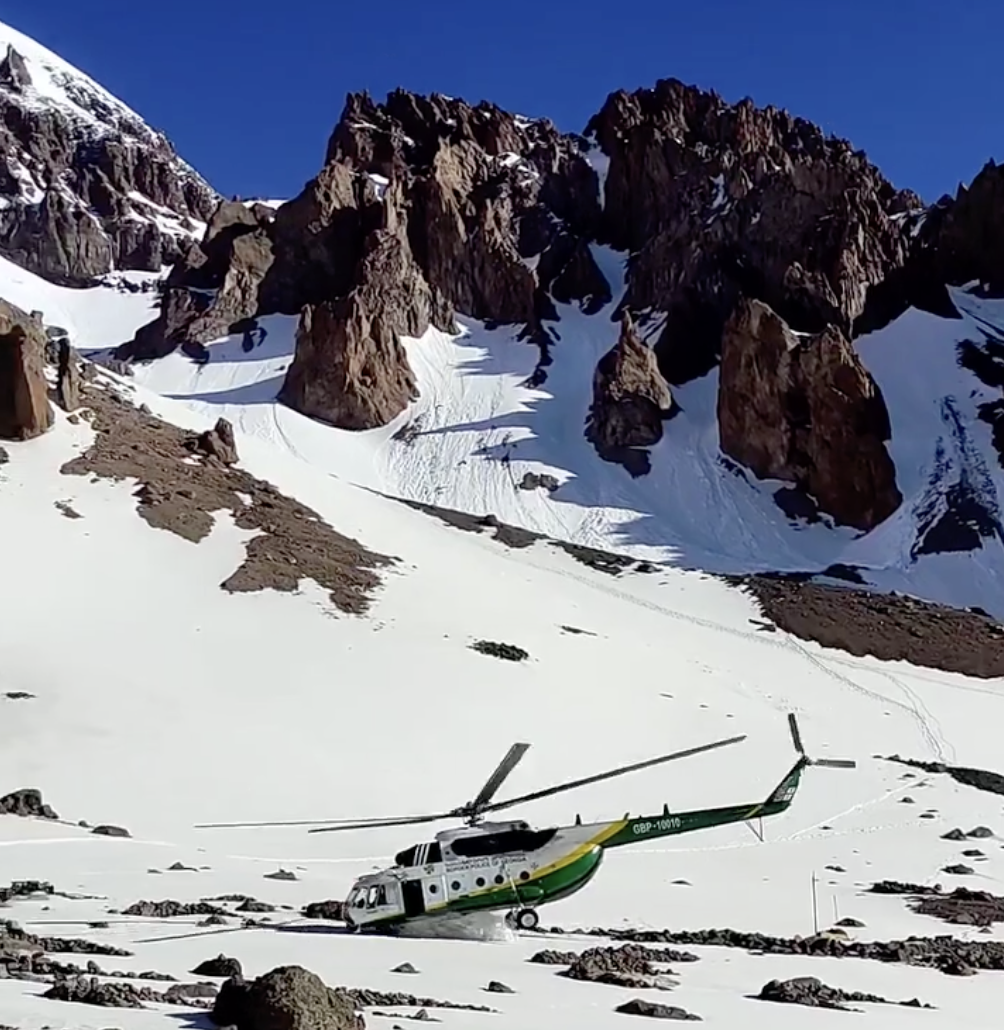Loss of Translational Lift in High Density Altitude Landings
At the Southern California Safety Institute, we train helicopter accident investigators and pilots to recognize hazards before they become accidents. One such hazard—often underestimated—is the loss of effective translational lift (ETL) during landing in high density altitude conditions. This aerodynamic phenomenon has caused numerous helicopter crashes in mountainous and hot-weather environments.
What Is Effective Translational Lift?
Helicopter rotors are more efficient in forward flight than in a hover. As a helicopter accelerates through roughly 16–24 knots of airspeed, the rotor disc moves into undisturbed air, creating effective translational lift. This increased efficiency reduces the power required to hover and improves control.
When airspeed drops below the ETL threshold—such as during final approach and landing—rotor efficiency decreases sharply. Power demand rises quickly, and if conditions are already challenging, the helicopter may not have the available power to maintain altitude.
Why High Density Altitude Makes It Worse
High density altitude—caused by hot temperatures, high elevation, and humidity—reduces air density. This has three major aerodynamic consequences for helicopters:
- Less rotor lift at the same blade pitch.
- Reduced engine power output due to less oxygen.
- Smaller power margins between available and required power.
The Accident Scenario
Consider a helicopter at maximum gross weight approaching a confined landing zone in the mountains on a warm afternoon (like in the video). As the pilot decelerates through ETL to a hover, rotor efficiency drops. The pilot raises collective to maintain altitude, but the engine—already near maximum power—cannot keep up. Rotor RPM decays, lift collapses, and the helicopter settles with power. With no altitude to recover, a hard landing or rollover can occur—sometimes with fatal consequences.
Prevention and Safety Training
Avoiding ETL-related accidents in high density altitude environments requires training, planning, and situational awareness:
- Pre-Flight Performance Calculations – Use helicopter performance charts to determine power margins at the forecast density altitude and weight.
- Approach Technique – Maintain forward airspeed and ETL as long as possible before committing to a hover.
- Weight Reduction – Remove non-essential cargo or passengers to improve performance.
- Landing Site Choice – Use running or rolling landings when terrain and conditions allow, minimizing hover time.
Loss of ETL at high density altitude is a common threat to helicopter safety, often unfolding within seconds during landing. Understanding rotor aerodynamics, performing accurate performance planning, and applying proven approach techniques can mean the difference between a safe arrival and a helicopter accident investigation.
At the Southern California Safety Institute, we specialize in helicopter accident investigation training and safety education to help pilots and operators prevent such tragedies.
